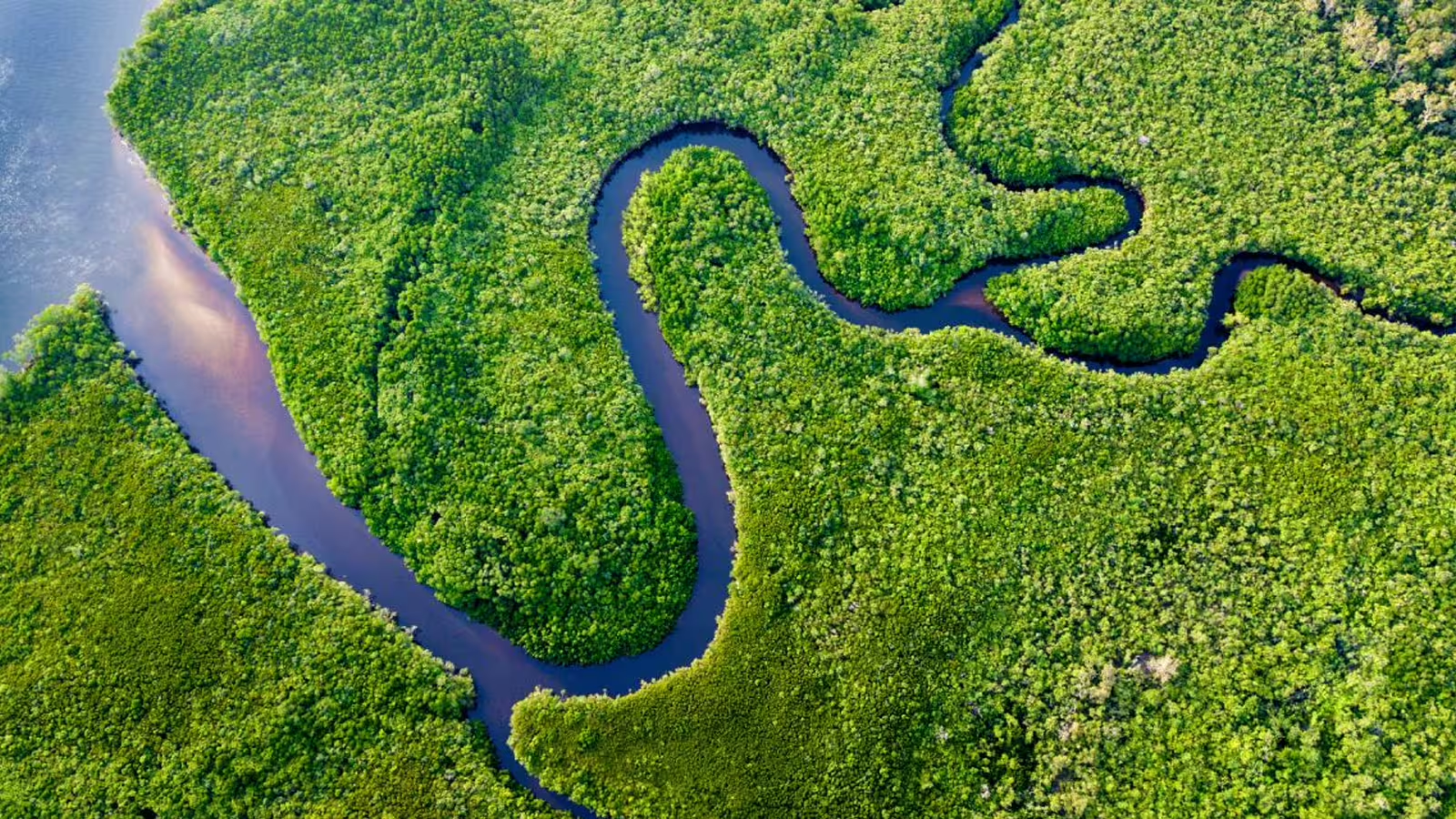Wastewater Impact Assessment Tool (WIAT)
Published: January 31, 2022

The Wastewater Impact Assessment Tool (WIAT) allows for a site-level assessment of the pressures/changes on the state of nature and the impacts on climate, biodiversity, and water security, resulting from industrial wastewater (water quality) and water use (water quantity). It does so by taking the wastewater treatment and water use data at a site level and calculating impact and levers of action for three key indicators: water quality, water availability and GHG emissions. Additionally, WIAT pulls in and overlays contextual data, from credible and widely used global data sources such as World Resource Institute’s Aqueduct tool, to further understand the change in the state of nature within a local context. The result is a visualization of the impacts at a site level, with the ability to view and compare multiple sites side by side – allowing for prioritization of where action is most needed to have the greatest positive impact.
The output of the tool is aligned with the SBTs for nature methodology (e.g. includes water quality and quantity indicators) and therefore can inform the setting of SBTs for nature (Step 3). WIAT aids with Step 1 (Mapping value chain and assessing level of pressure) and Step 2 (Interpret and Prioritize) of SBTs for Nature’s freshwater methodology. WIAT enables users to have all data and analysis in one place and to understand where they may be lacking data to apply SBTs for nature. WIAT goes beyond SBTs for nature, as it includes GHG emissions associated with wastewater management, taking into consideration the fuel input to run wastewater treatment plants (GHG Protocol Scope 2 category) and sludge disposal pathways (GHG Protocol Scope 3 category) – the breakdown between Scope 2 and Scope 3 emissions is given in the tool.
WIAT is also aligned with two key reporting frameworks, CDP and GRI, and provides ready-to-use data points (answers), allowing users to simply copy and paste from WIAT into corresponding CDP or GRI frameworks.
Complementary to the WIAT, WBCSD released the Business guidance on the assessment of wastewater-related impacts (wbcsd.org), providing an approach for measuring the impacts of wastewater on climate, biodiversity and water security. It provides a standardized pathway for companies to measure, value and manage the impacts from wastewater generated by their sites or the sites of their suppliers. WIAT automates part of the process of applying the guidance by incorporating methodologies and generating outputs that measure some of the changes in the state of natural capital, which companies can then use to further assess the impacts and their value.
At World Water Week 2023, WBCSD hosted an online showcase of WIAT running a brief demo and highlighting its key benefits for businesses. The video also showcases experiences from H&M and Chevron who have tested the tool. The session recording can be found here.